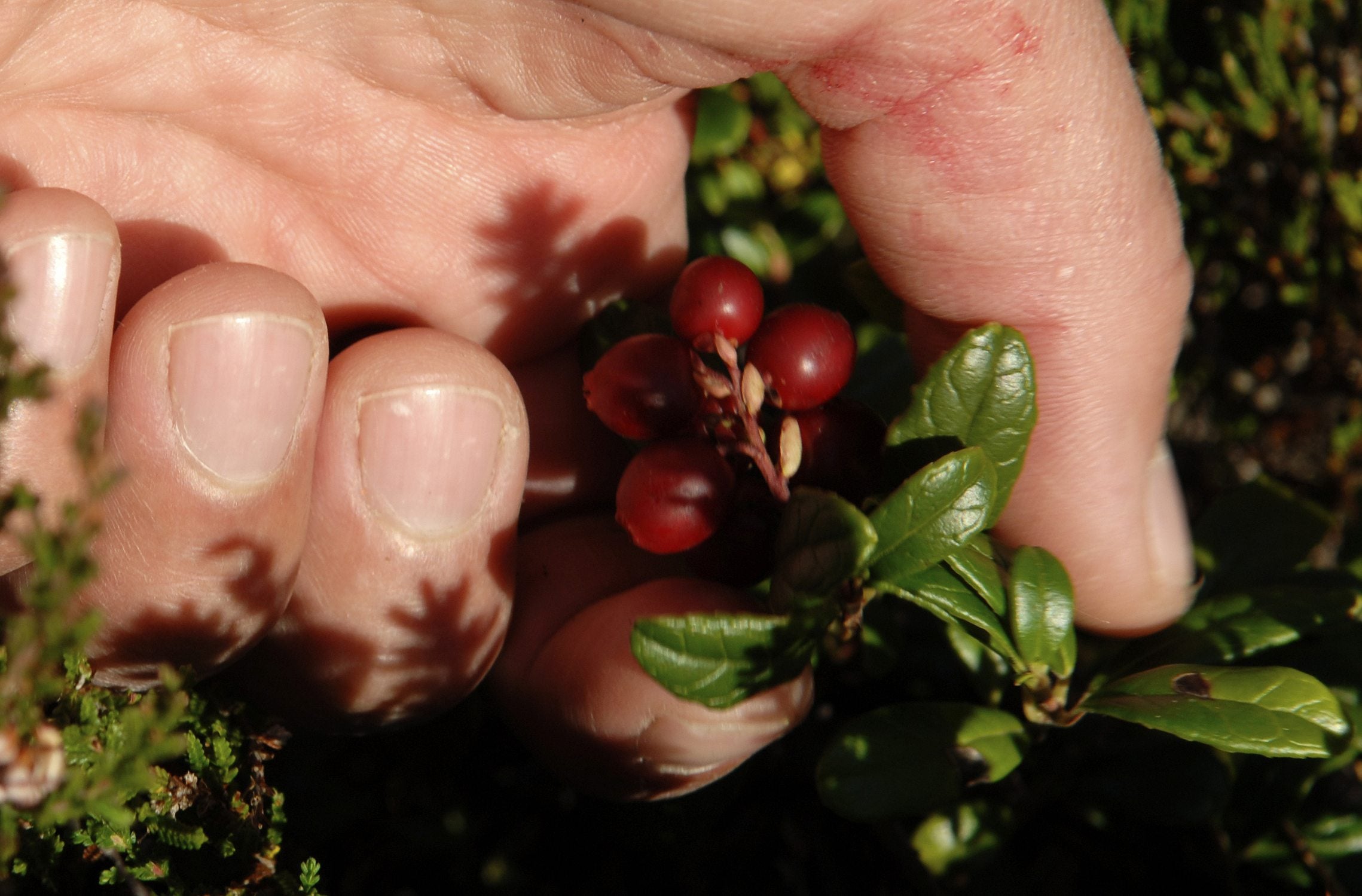
Due to their high concentration of vitamin C and antioxidant properties, cranberries have become an almost daily staple for some, not just relegated to their annual use on Thanksgiving. This popularity may have you wondering about picking your own cranberries. So how are cranberries harvested anyway?
How to Harvest Cranberries
Commercially grown cranberries are known as the American cranberry (Vaccinium macrocarpon) or sometimes referred to as lowbush. They are actually woody, perennial vines that can stretch out runners to 6 feet (2 m.). When spring arrives, the vines send out upright sprouts from the runners, which then produce flowers followed by cranberries in the fall. These commercially grown lowbush varieties of cranberry are grown in bogs, a wetland ecosystem consisting of sphagnum moss, acidic water, peat deposits, and a mat-like substance on the water’s surface. The bog is layered with alternating strata of sand, peat, gravel, and clay and is a specific environment that cranberries are well suited to. In fact, some cranberry bogs are more than 150 years old! All very interesting, but not really getting us to how farmers harvest cranberries or when to pick cranberries.
When to Pick Cranberries
In the early spring, the cranberry runners begin to flower. The flower is then pollinated and begins to develop into a small, waxy, green berry which continues to mature throughout the summer. At the end of September, the berries have ripened enough and harvesting cranberries begins. There are two methods of harvesting cranberries: dry harvesting and wet harvesting.
How are Cranberries Harvested?
Most commercial farmers use the wet harvest method because it reaps the most berries. Wet harvesting gets about 99 percent of the crop while dry harvesting only gets about one-third. Wet harvested berries must be heat processed and made into juice or sauce. So how does wet harvesting work? Cranberries float: they have pockets of air inside, so flooded bogs facilitate the removal of the fruit from the vine. Water reels or “egg-beaters” stir the bog water up, which agitates the berries from the vines causing them to float up to the surface of the water. Then plastic or wood "booms" round up the berries. They are then lifted to a truck via a conveyor or pump to be taken away for cleaning and processing. More than 90 percent of all commercial cranberries are harvested in this manner. Picking cranberries using the dry method yields less fruit, but that of the highest quality. Dry harvested cranberries are sold whole as fresh fruit. Mechanical pickers, much like large lawnmowers, have metal teeth for plucking cranberries from the vine which are then deposited into burlap sacks. Helicopters then transport the picked berries to trucks. A bounce board separator is used to distinguish the fresh berries from those that are past their prime. The firmest, freshest berries bounce better than old or damaged fruit. Before machines were invented to aid in harvesting cranberries, 400 to 600 farm workers were needed to hand pick the berries. Today only about 12 to 15 people are needed to harvest the bogs. So, if you’re growing and picking your own cranberries, either flood them (which may be impractical) or dry pick them. To do this, make sure it’s dry outside. Good berries for picking should be firm to the touch and a red to dark crimson color. After harvesting, you can try the "bounce test" against a flat surface to ensure your ripe cranberries are nice and springy.
Sign up for the Gardening Know How newsletter today and receive a free copy of our e-book "How to Grow Delicious Tomatoes".

Amy Grant has been gardening for 30 years and writing for 15. A professional chef and caterer, Amy's area of expertise is culinary gardening.
